





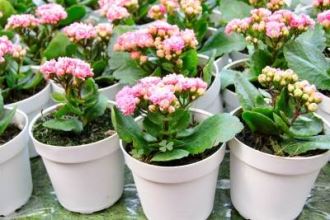
The Blossfeldiana is the most popular succulent plant from the Kalanchoe genus, and was mainly grown for its flowering ability, rather than its foliage - like other succulents. Growers can motivate the plant to bloom at any time of the year, although they are naturally spring bloomers. The green leaves will become a reddish color around the edges, if given enough sunlight.
Blooming: In the past these plants were thrown away after the flowers died, which is why it was better known as a flowering gift plant. However, they can bloom many times, at any time of the year - indoors. It's best to prune these back as soon as the existing flowers are spent or dead, which will encourage new buds and further flowering.
Taking cuttings from the flaming katy and propagating them (easily done) will allow a grower to create new plants and provide a higher chance of seeing more flowers, in case the parent plant decides it no longer wants to produce more (it's easier than being concerned about the parent re-flowering).
Level of care: Taking care of these is pretty easy, and they may actually thank you for a little neglect. Getting them to re-flower is the difficult part, although as mentioned above you can just propagate new cuttings.
Pets: The Kalanchoe plant is toxic to pets (dogs and cats), as advised by the American Society for the Prevention of Cruelty to Animals (ASPCA), if consumed. The ASPCA advises owners to contact there veterinary clinic if their animal begins vomiting or has diarrhoea.
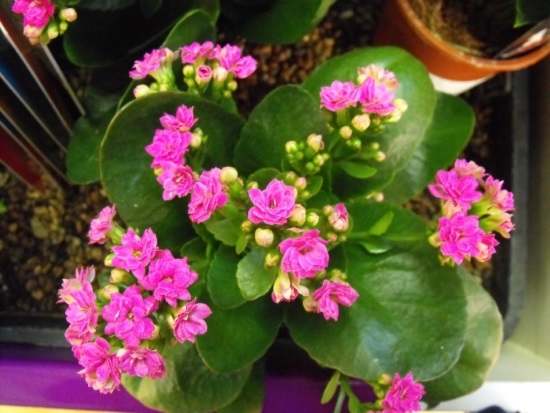
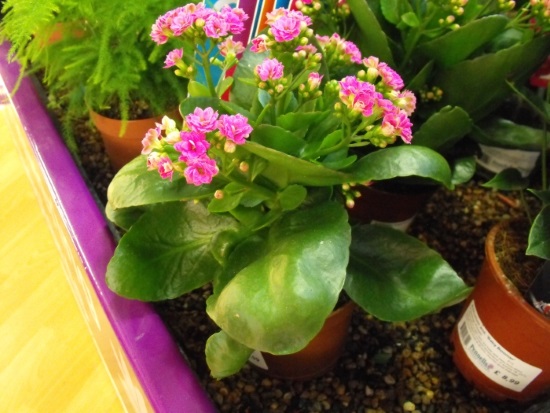
Orange Kalanchoe Blossfeldiana Flowers
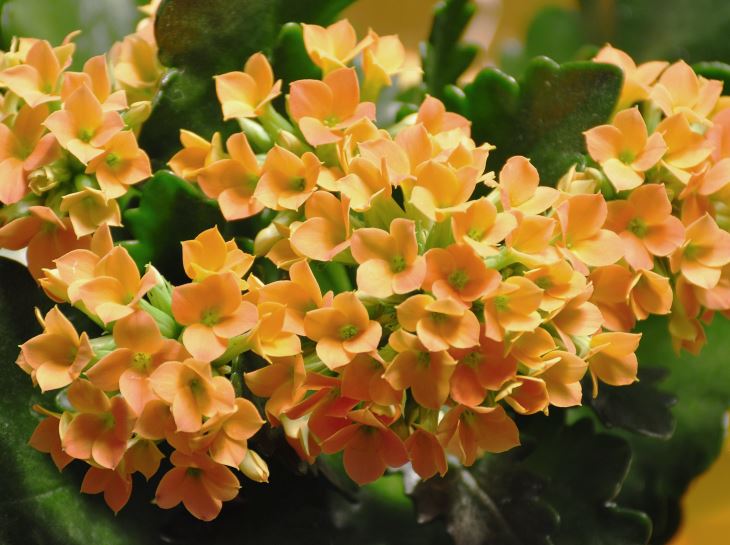
Yellow Kalanchoe Flowers
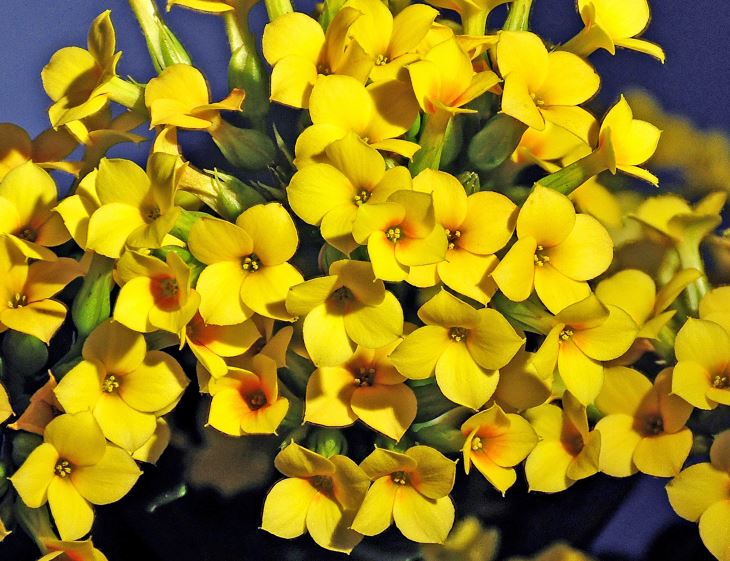
Overall, this plant is a tough fellow that's easy to take care of, and looks great sitting gracefully on a window sill. Producing flowers after the last bloom is the tricky part. However, as mentioned above - take cuttings and propagate a new plant .
Copyright © www.100flowers.win Botanic Garden All Rights Reserved